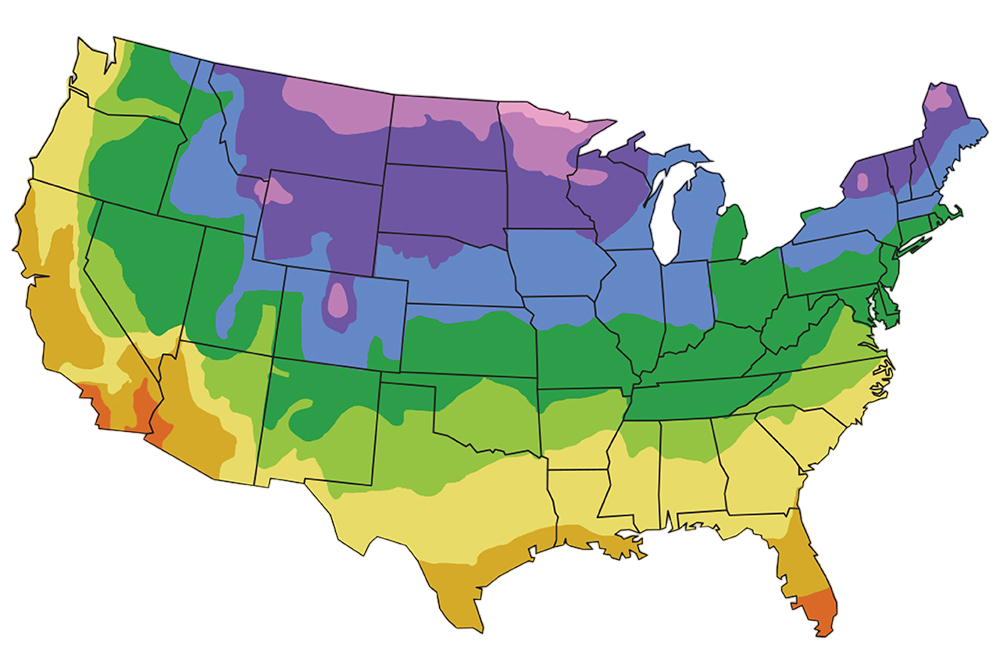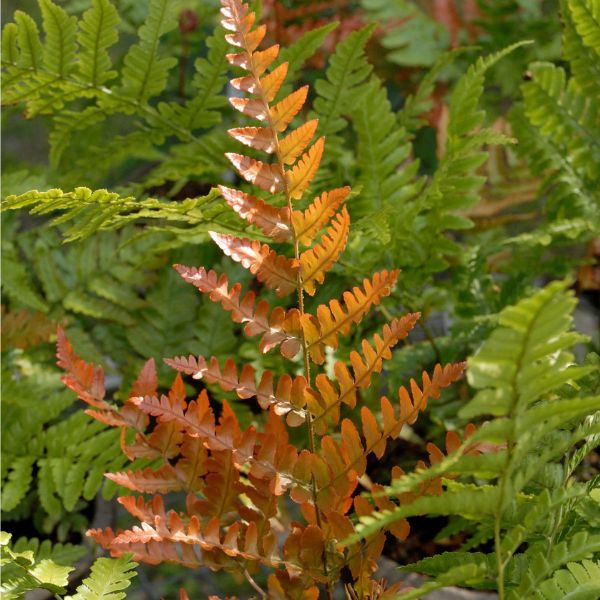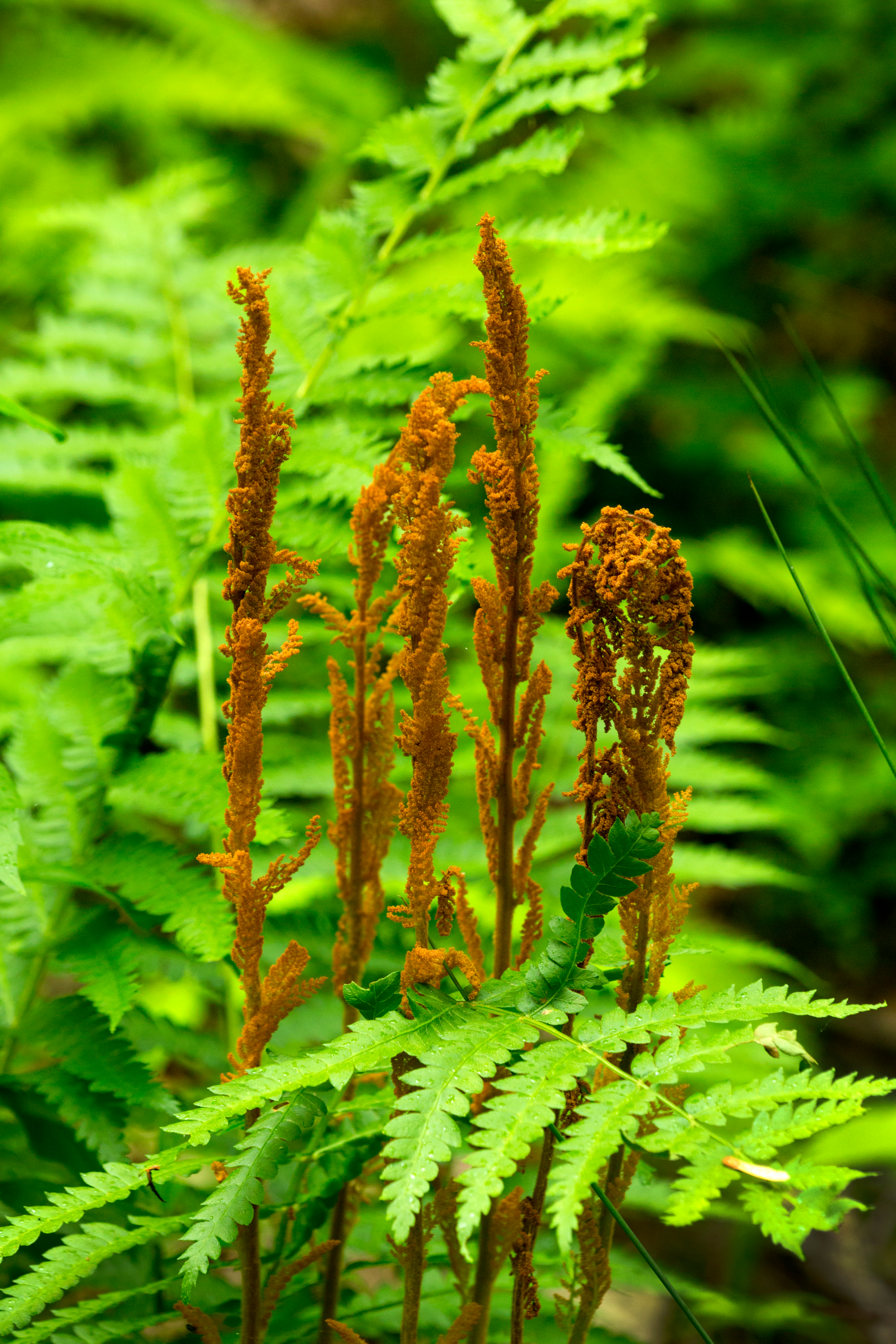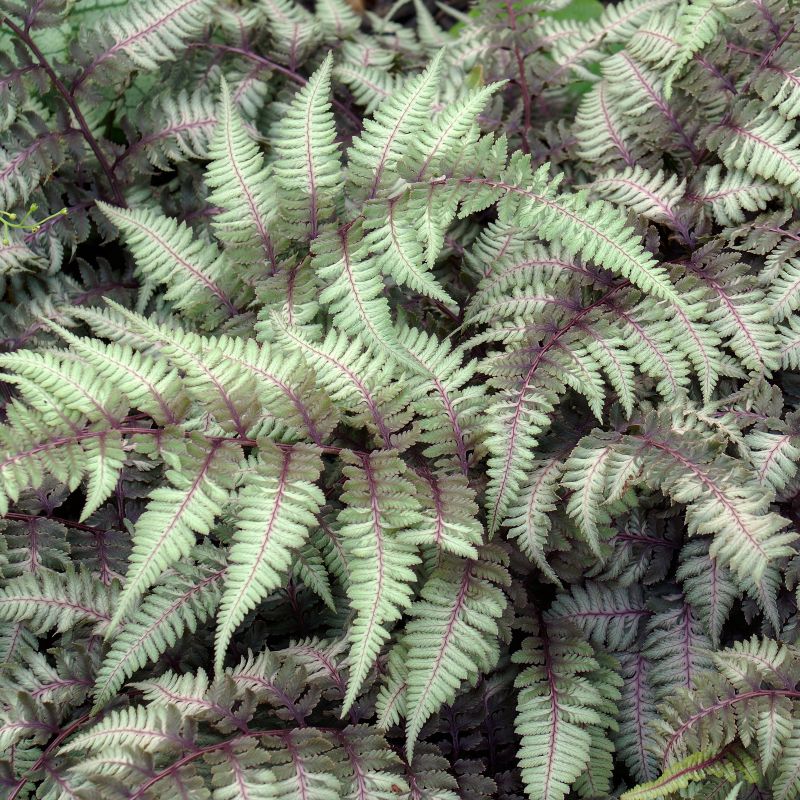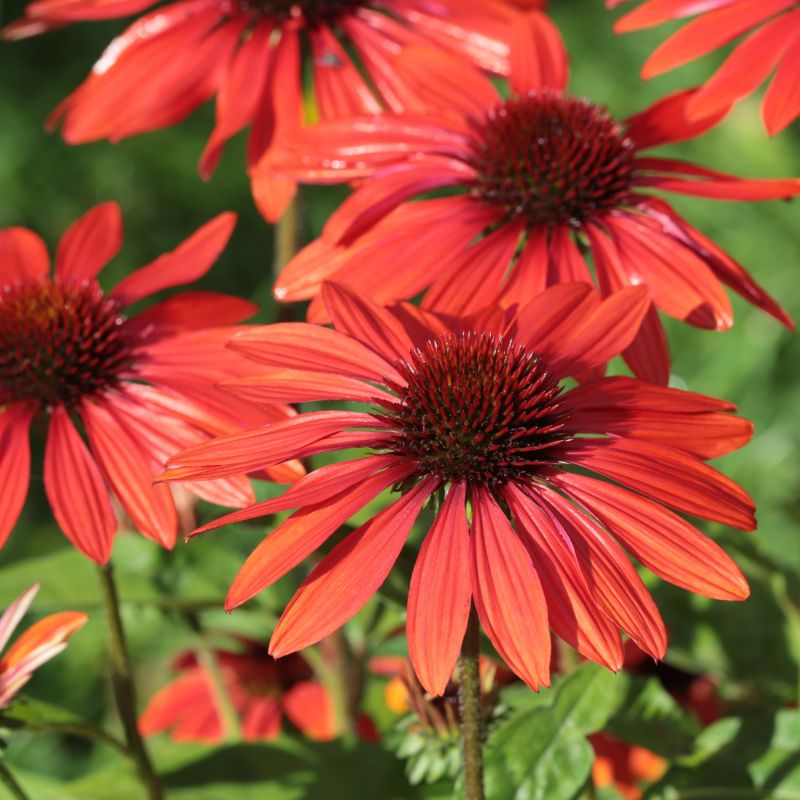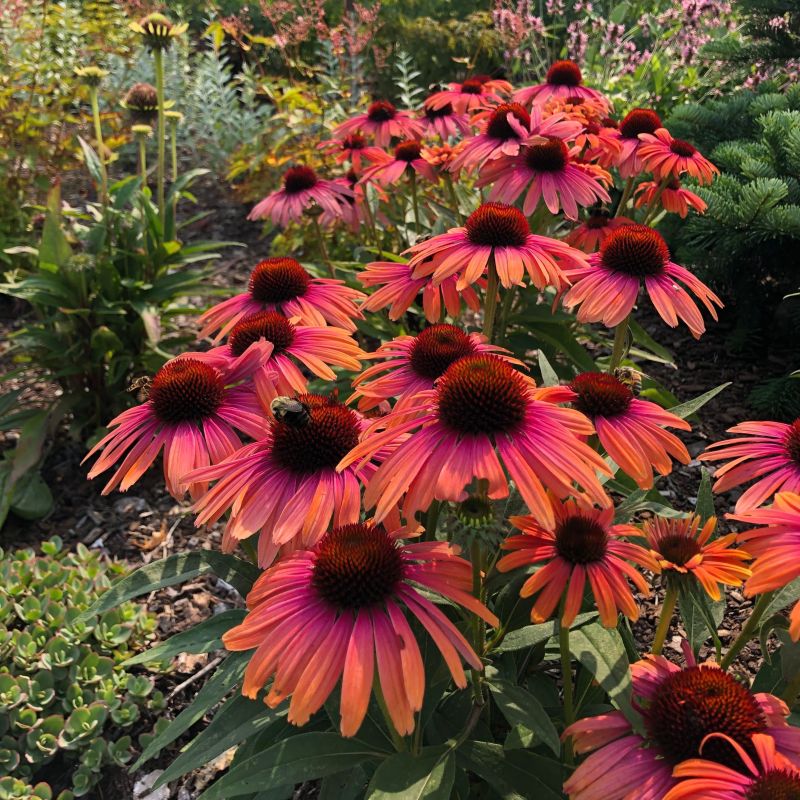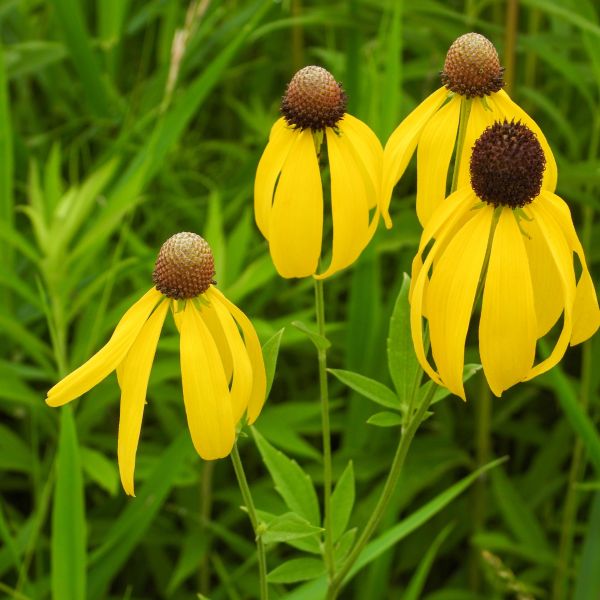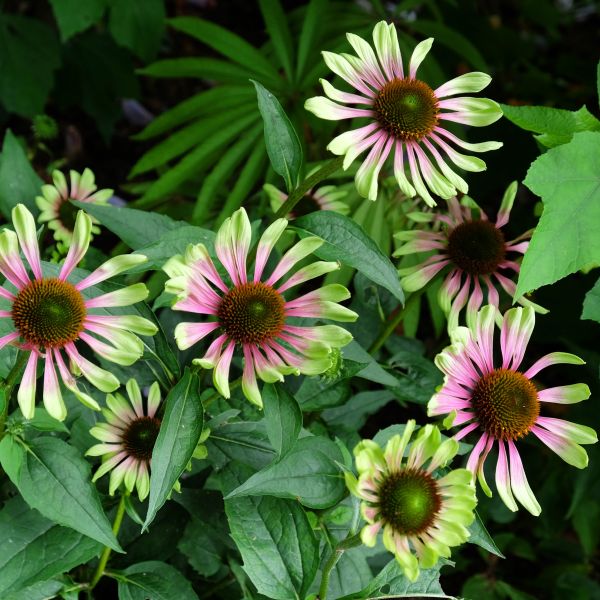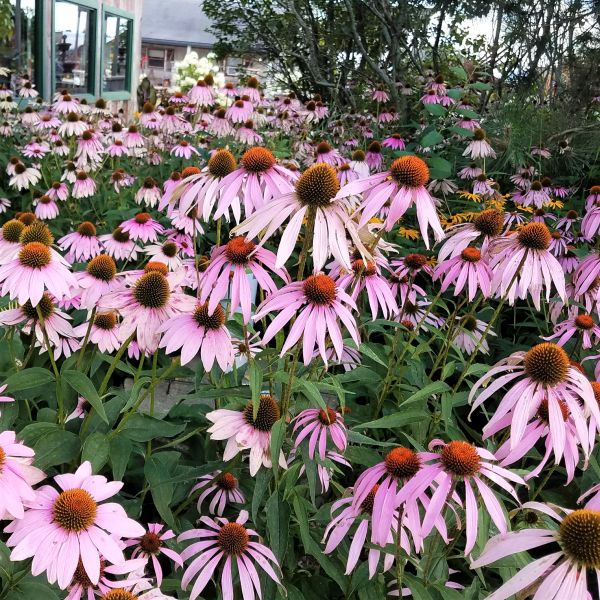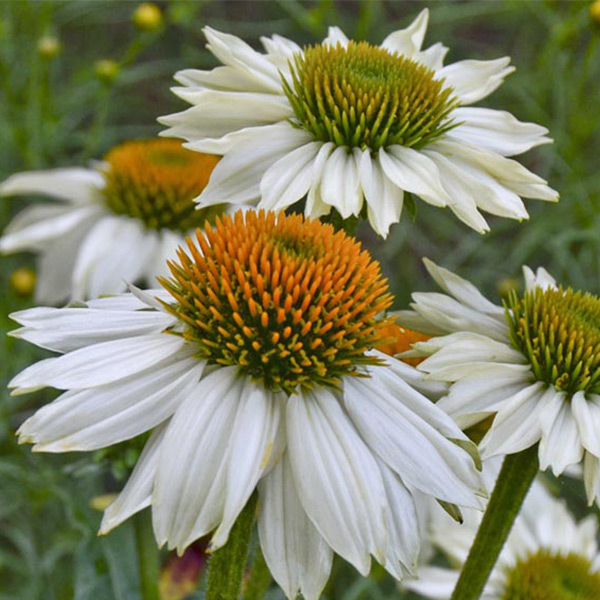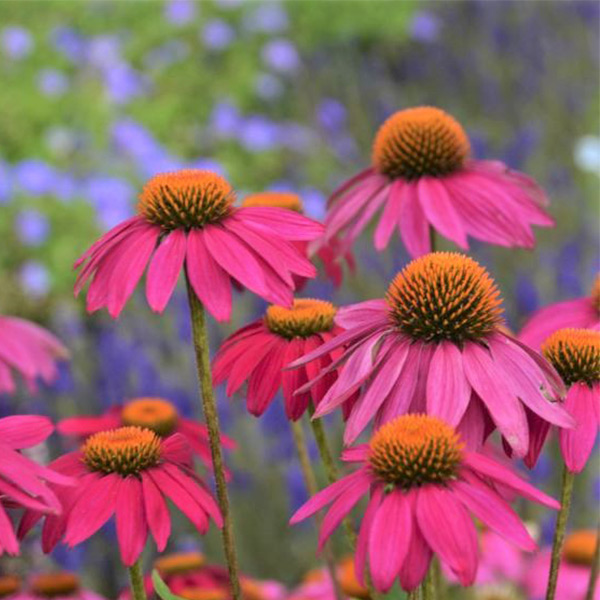
Japanese Holly Fern
Cyrtomium fortunei
16 reviews
Japanese Holly Fern
Cyrtomium fortunei
16 reviews
- Tolerant of low light conditions
- Attractive glossy evergreen leaves
- Low maintenance and easy to care for
- Recommended by landscape designers for optimal fit in real yards
$36.00
$52.00
30% Off
- Ships to 43215 in 3 to 7 days
- Free Shipping Over $150
- Plant Arrival Guarantee
- In Stock
- Free Plant Consult
$200 - Landscape-Approved: Every Plant We Sell Comes With Design Expertise Behind It
Quart Container
Not just beautiful - intentionally selected by ShrubHub's 3D landscape design team to fit real-world spaces and maximize yard potential.
Why Japanese Holly Fern?
Japanese Holly Fern (Cyrtomium fortunei) is a low-maintenance evergreen fern that adds a touch of elegance to shady areas of the garden. With glossy, holly-like leaves and a compact growth habit, it is a popular choice for borders, ground cover, and containers. This fern thrives in moist, well-draining soil and is deer resistant, making it a versatile and practical addition to any landscape.
People who loved this plant also bought
Sunlight
Japanese Holly Fern prefers bright, indirect sunlight but can also tolerate low light conditions. It should be protected from direct sunlight, as it can scorch the foliage. Ideally, place it near a window with filtered light or in a spot with dappled sunli
Watering
Japanese Holly Fern prefers consistently moist soil, but not waterlogged. Water regularly, especially during dry periods, but allow the soil to dry out slightly between watering. Avoid overwatering as it can lead to root rot. Provide good drainage to preve
Fertilizing
Japanese Holly Ferns benefit from regular fertilization during the growing season, typically in the spring and summer months. A balanced, slow-release fertilizer high in nitrogen can help promote healthy growth and vibrant foliage. It is recommended to fol
Japanese Holly Fern (Cyrtomium fortunei)
The Japanese Holly Fern, scientifically known as Cyrtomium fortunei, is a versatile evergreen plant that adds a touch of elegance to any garden or indoor space. This fern is native to eastern Asia and is beloved for its glossy, dark green fronds that resemble holly leaves.
Features:
- Dark green, glossy fronds that resemble holly leaves
- Evergreen plant that adds year-round interest to your garden
- Tolerant of a variety of light conditions, from full shade to partial sun
- Low-maintenance and easy to care for
- Produces small clusters of brown spores underneath the fronds
Care Instructions:
The Japanese Holly Fern thrives in well-draining soil and prefers to be kept evenly moist. Water regularly, especially during hot and dry periods, but be careful not to overwater as this can lead to root rot. This fern is relatively pest-free and does not require frequent fertilization.
Uses:
Japanese Holly Ferns are excellent for adding greenery to shaded areas of the garden, such as under trees or along fences. They also make great additions to indoor plant displays, providing a pop of green in low-light settings. Additionally, these ferns can be used in containers or hanging baskets for a touch of texture and color.
Size:
The Japanese Holly Fern typically grows to a height of 1 to 2 feet and a spread of 2 to 3 feet, making it a compact and versatile plant for various planting locations.
Hardiness Zone:
This fern is hardy in USDA zones 6-10, making it suitable for a wide range of climates.
Plant Information:
| Botanical Name: | Cyrtomium fortunei |
| USDA Zones: | 5 - 10 |
| Water: | Moderate to High |
| Exposure: | Full Shade |
| Soil Needs: | Well Drained |
| Mature Height: | 18 - 24 inches |
| Mature Spread: | 18 - 24 inches |
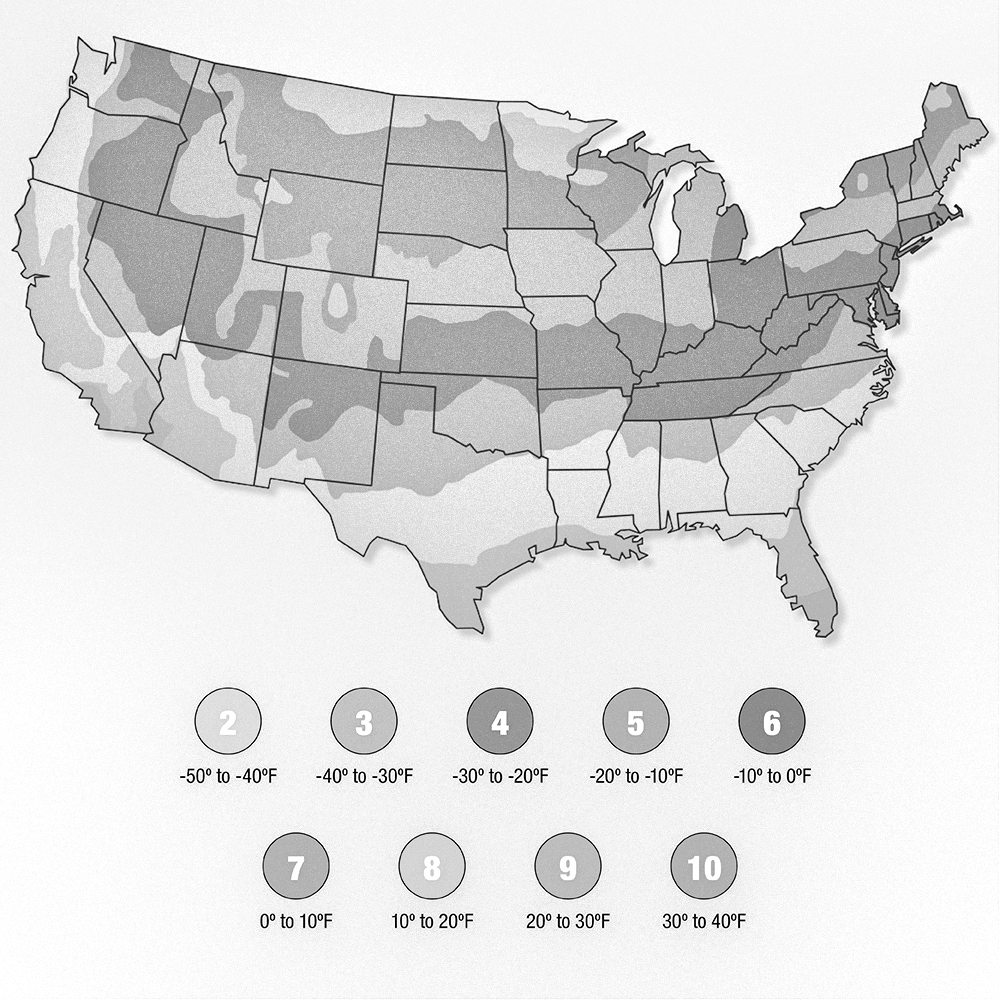
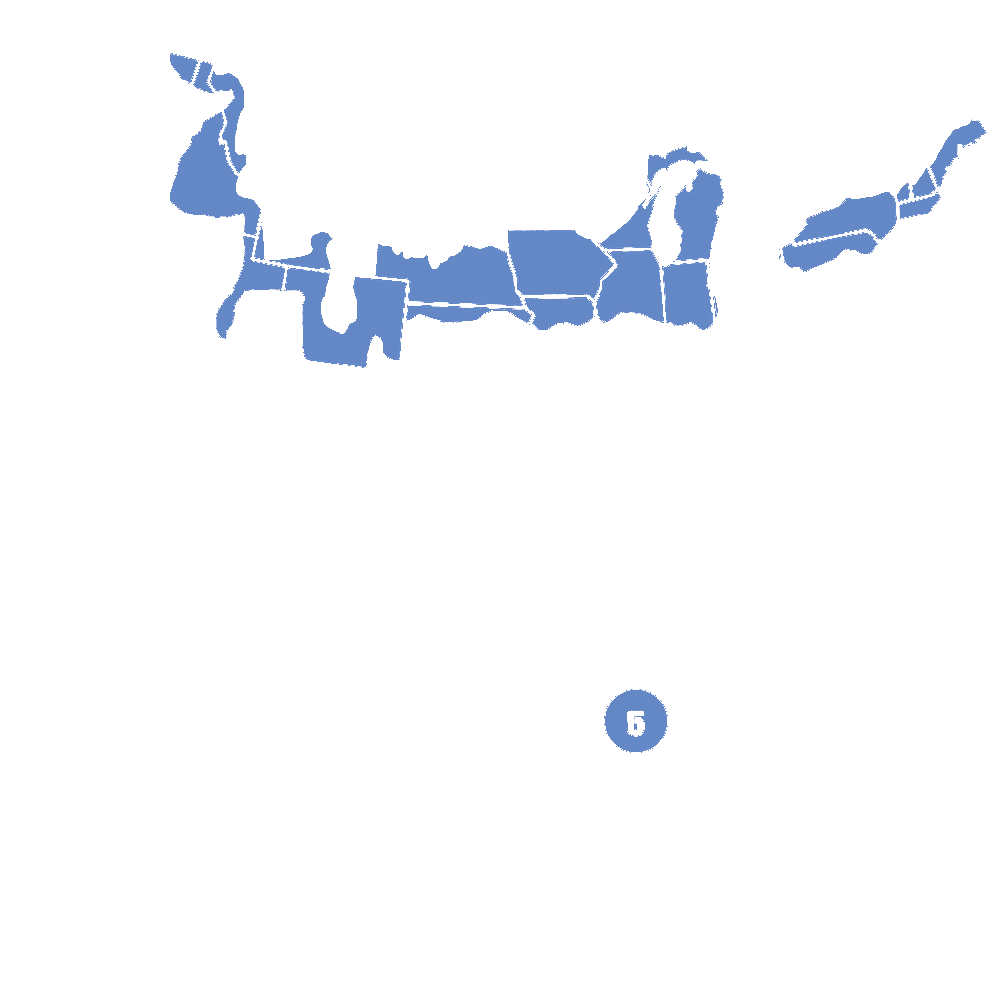
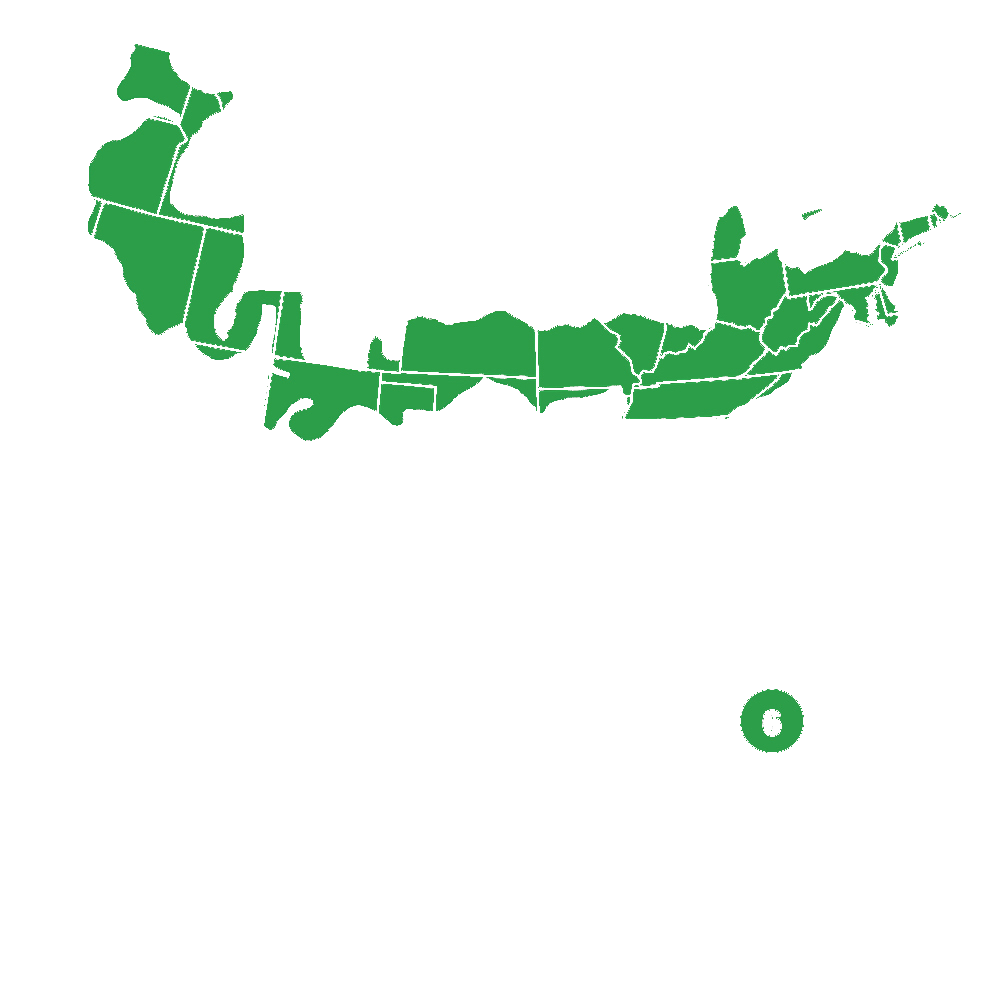
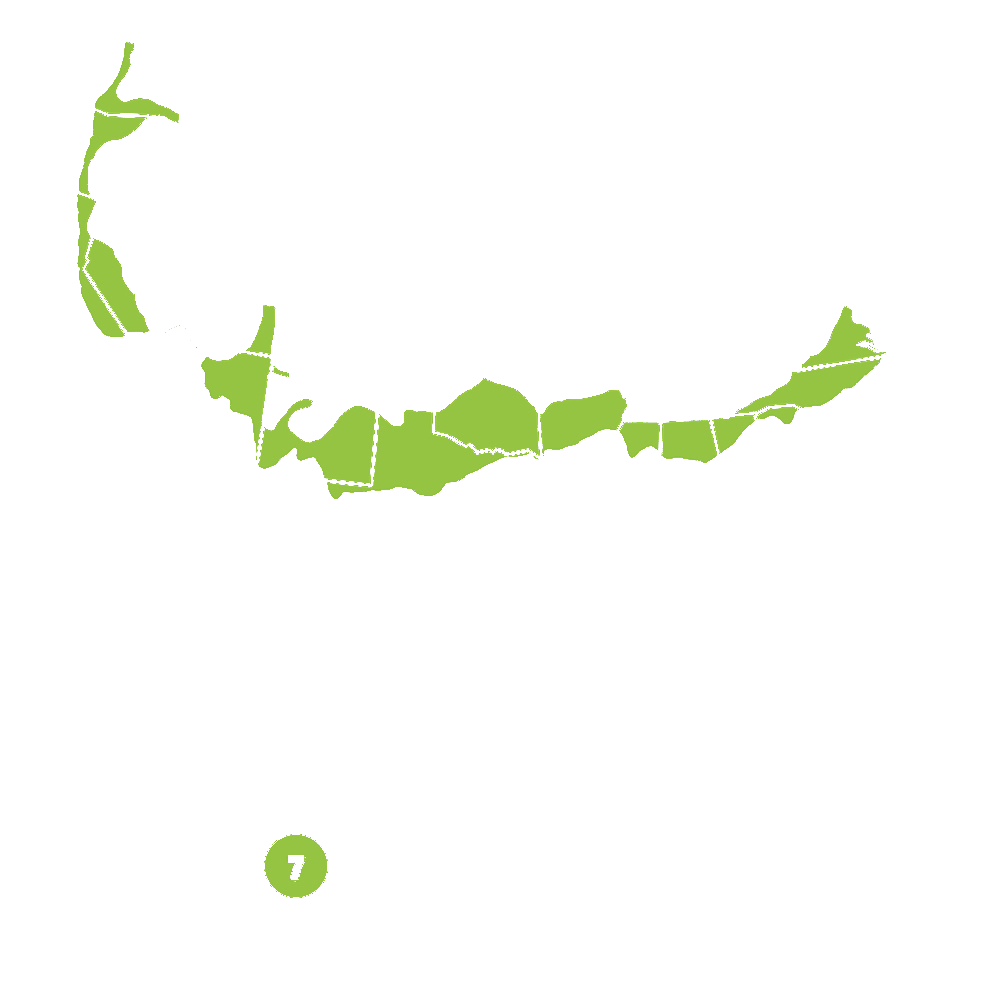
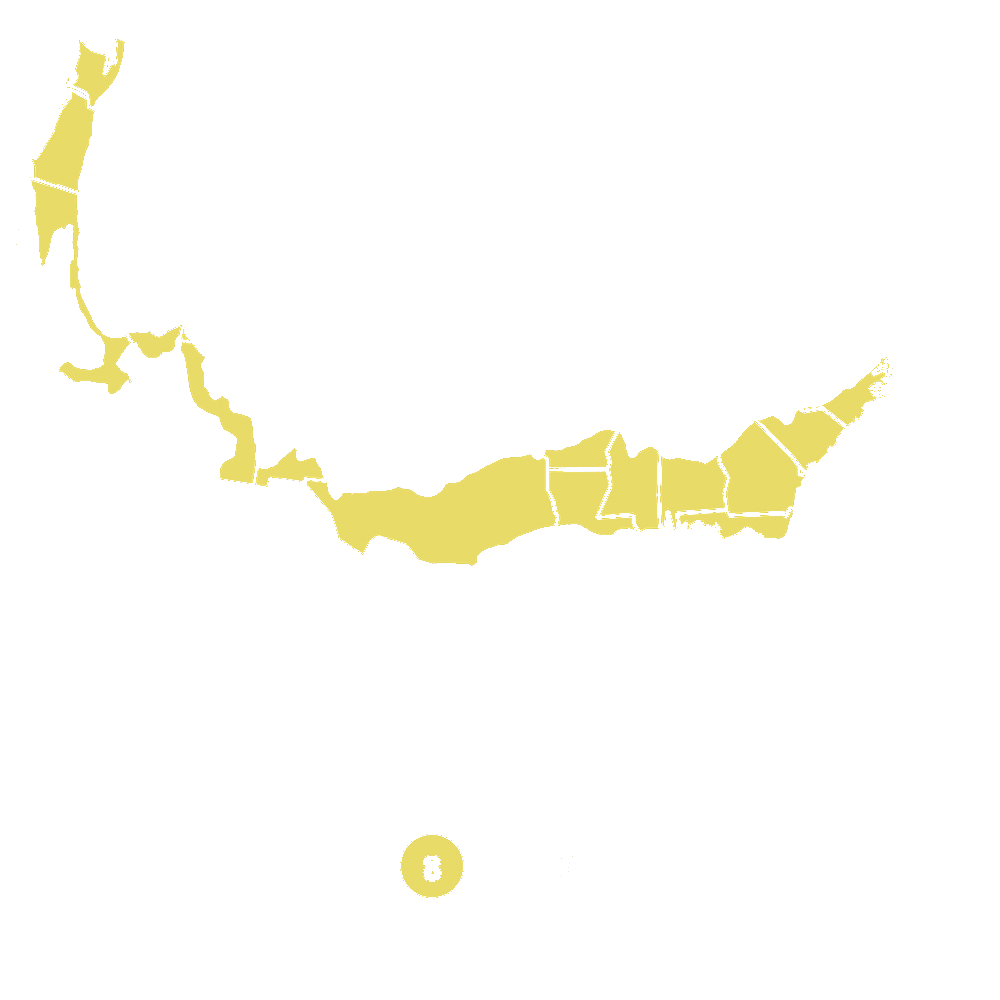
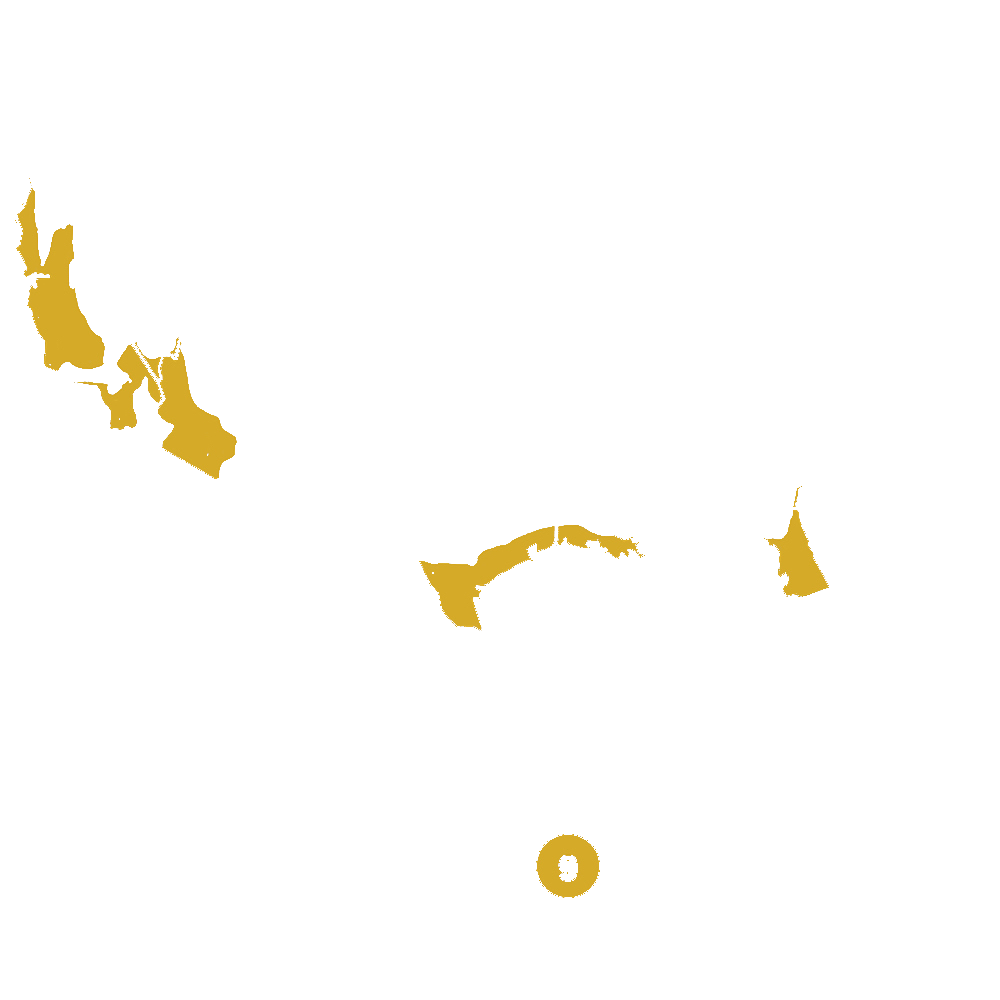

Pollination Info
Japanese Holly Fern (Cyrtomium fortunei) Pollination Information
Japanese Holly Fern, also known as Cyrtomium fortunei, is a species of fern that belongs to the Dryopteridaceae family. Like most ferns, Japanese Holly Fern reproduces through spores rather than seeds. The spores are produced in structures called sporangia, which are located on the underside of the fronds.
Pollination Process
Japanese Holly Ferns do not require pollination in the same way that flowering plants do. Instead, they rely on spores for reproduction. When the sporangia on the fronds release spores, they are carried by the wind to new locations where they can germinate and grow into new fern plants.
Pollination Mechanism
The pollination mechanism of Japanese Holly Fern is simply the dispersal of spores. As the sporangia release spores, they are carried away from the parent plant by air currents. Once the spores land on suitable soil or substrate, they can germinate and develop into new fern plants.
Pollinators
Since Japanese Holly Ferns do not rely on pollinators for reproduction, they do not have specific pollinators. Instead, they release spores into the environment and depend on external factors such as wind and water to disperse the spores to new locations.
FAQ
Japanese Holly Fern (Cyrtomium fortunei) FAQ
1. What is Japanese Holly Fern?
Japanese Holly Fern, also known as Cyrtomium fortunei, is a species of fern native to East Asia. It is characterized by its glossy, holly-like fronds and ability to thrive in shaded, moist environments.
2. How should I care for Japanese Holly Fern?
Japanese Holly Fern prefers partial to full shade and well-draining soil. Keep the soil consistently moist but not waterlogged. Fertilize once a year in the spring with a balanced fertilizer. Remove any dead or damaged fronds to promote healthy growth.
3. Can Japanese Holly Fern be grown indoors?
Yes, Japanese Holly Fern can be grown indoors as long as it receives adequate light and humidity. Place the plant in a bright, indirect light location and mist the fronds regularly to increase humidity levels.
4. Is Japanese Holly Fern prone to any pests or diseases?
Japanese Holly Fern is generally resistant to pests and diseases. However, it may occasionally attract common fern pests such as spider mites or mealybugs. Treat any infestations promptly with insecticidal soap or neem oil.
5. When should I repot Japanese Holly Fern?
It is recommended to repot Japanese Holly Fern every 2-3 years to refresh the soil and provide room for root growth. Choose a slightly larger pot with good drainage holes and use a well-draining potting mix specifically formulated for ferns.
6. Can Japanese Holly Fern be propagated?
Yes, Japanese Holly Fern can be propagated through division or spores. To divide the plant, carefully separate the root ball into smaller sections with a sharp knife and plant them in individual pots. To propagate from spores, collect mature spores and sow them on moist, sterile potting mix.
Planting & Care
Planting & Care for Japanese Holly Fern (Cyrtomium fortunei)
Planting:
- Choose a location with partial to full shade, preferably with well-draining soil.
- Dig a hole that is slightly larger than the root ball of the fern.
- Place the fern in the hole and backfill with soil, ensuring the top of the root ball is level with the ground.
- Water thoroughly after planting.
Care:
- Water regularly, keeping the soil consistently moist but not waterlogged.
- Apply a balanced fertilizer in the spring to encourage healthy growth.
- Mulch around the base of the plant to help retain moisture and suppress weeds.
- Prune any dead or damaged fronds to maintain a tidy appearance.
- Protect the fern from harsh sunlight and strong winds, as these can damage the delicate fronds.
By following these planting and care guidelines, you can help your Japanese Holly Fern thrive and add beauty to your garden.
Check Out These Verified Customer Reviews:
Customer Reviews
4.9 out of 5 based on 16 reviews
Thank you! Your review has been submitted.
I ordered the Japanese Holly Fern and it arrived quickly and well-packaged. The plant was healthy and vibrant, adding a beautiful touch to my garden. Overall, I am satisfied with my purchase.
I was impressed by the quality of the Japanese Holly Fern. It exceeded my expectations.
The shipment was quick and the plant was well-packaged to ensure it arrived safely.
Item has been added to your cart.

